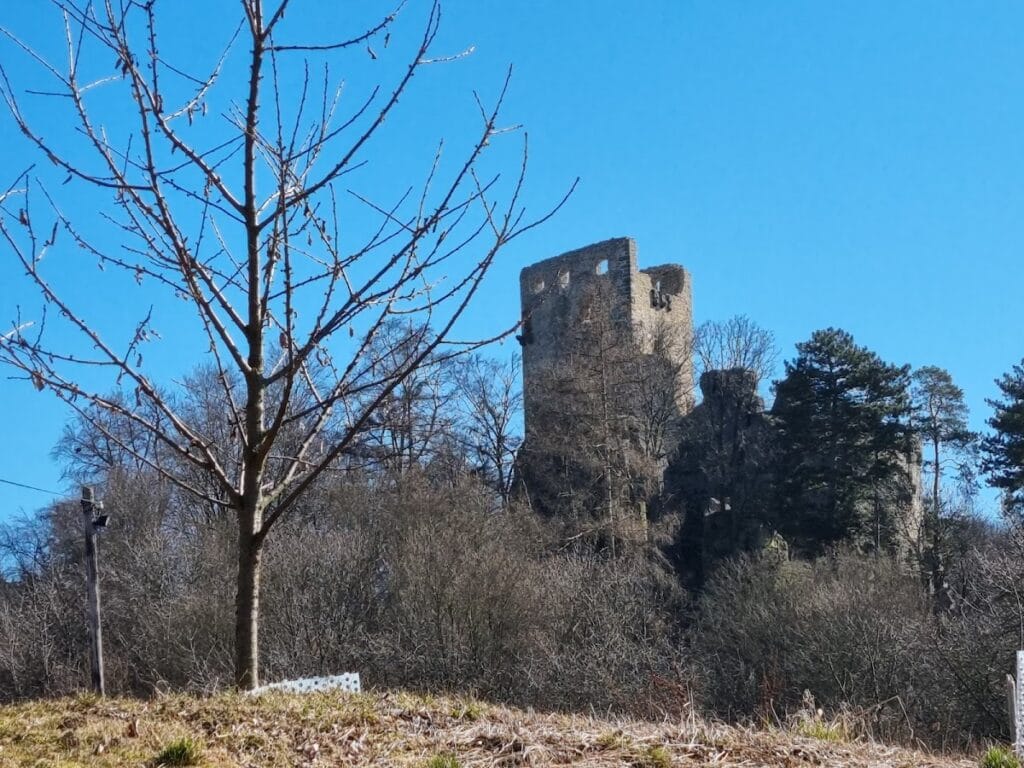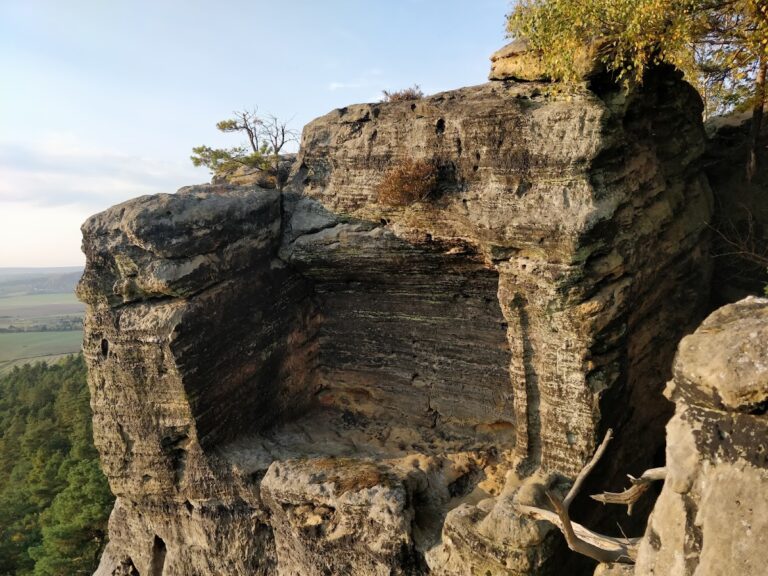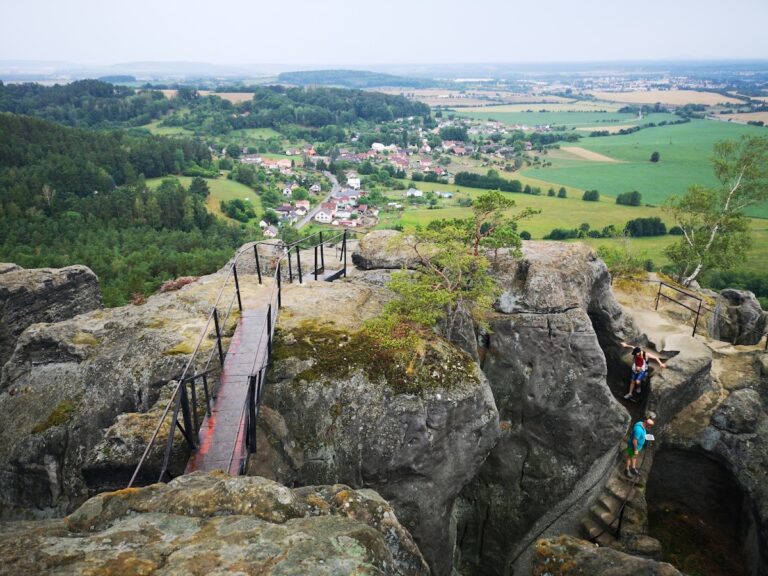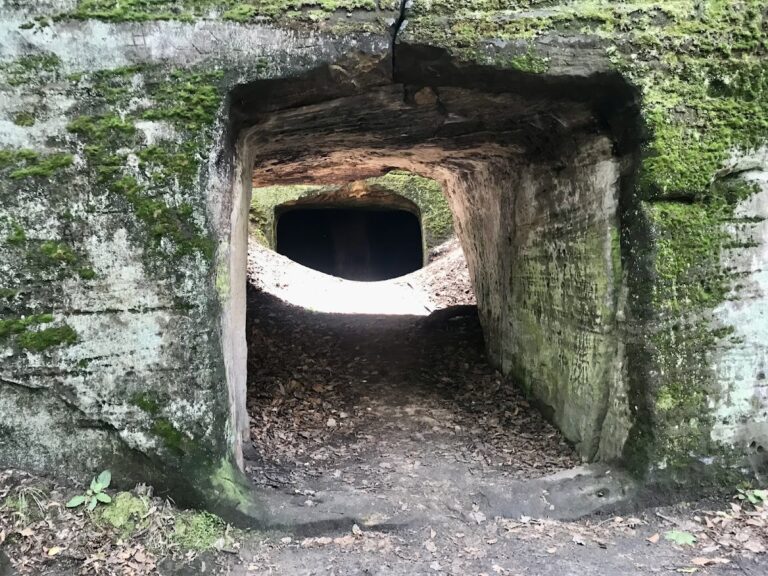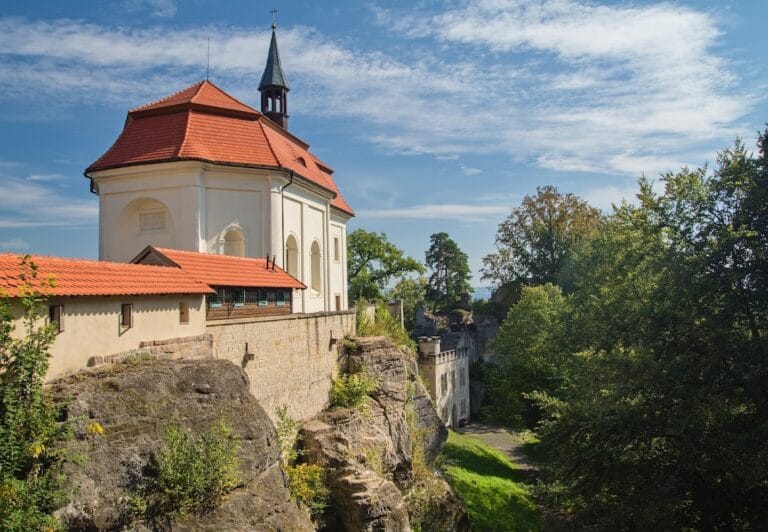Castle Valečov: A Medieval Fortress in the Czech Republic
Visitor Information
Google Rating: 4.7
Popularity: Medium
Google Maps: View on Google Maps
Official Website: www.bosen-obec.cz
Country: Czechia
Civilization: Medieval European
Remains: Military
History
Castle Valečov is a medieval fortress located near the village of Boseň in the Czech Republic. It was established by the noble family Valečovští z Valečova shortly after the year 1300, built on sandstone rock formations that offered a natural defensive advantage.
The earliest written records mentioning the castle date from between 1316 and 1318, a time marked by armed conflict involving the founding Valečov family and Vok of Rotštejn. These documents place the castle firmly within the struggles of regional noble families during the early 14th century.
During the Hussite Wars of the early 15th century, Valečov played a strategic role as a winter encampment for Hussite field armies. However, its fortunes changed in 1439 when Jindřich of Vartenberk captured and set fire to the castle. Although stone reconstruction followed, the castle was only briefly re-inhabited before being abandoned amid the Prague campaign of 1443–1444, a period of military actions affecting many Bohemian strongholds.
By 1472, the castle was home to Vaněk of Valečov, who served as chamberlain to the royal towns under King George of Poděbrady. Afterward, ownership changed hands frequently until the Waldstein family acquired the castle in the early 17th century. No longer a noble residence, by then it primarily served an administrative role. Records from 1652 indicate the castle was already deserted by that time.
In the 19th century, some impoverished locals lived within rock chambers of the castle ruins. Their presence ended in 1892 when officials, citing a plague outbreak as justification, evicted the inhabitants. Subsequently, the castle was partially dismantled as stone was taken for building materials.
Following World War II, Castle Valečov was in a state of significant disrepair. Since 1994, the site has been owned by the municipality of Boseň. It has been officially protected as a national cultural monument since 1967 under Czech heritage law, with a catalog number assigned in 1978. The castle’s evocative ruins also served as a filming location for the Czech television fairy tale “RumplCimprCampr” in 1997, and it continues to be a venue for cultural events during the summer months.
Remains
Castle Valečov is a rock castle complex that occupies a broad area across three sandstone ridges, featuring two outer baileys and a large fortified courtyard cut directly into the rock. Among its most striking features are 57 chambers carved into the sandstone; of these, 26 were adapted as living spaces, while the remainder served for storage or acted as connecting passageways. The extensive use of rock-cut chambers illustrates the castle’s integration with its natural surroundings and reflects construction techniques of its period.
At the highest point of the castle stands the core structure, anchored on a major rock block. Here, a central palace rises to five floors, some extending underground. The northern side includes a rock tower with multiple rooms arranged vertically. On the southern ridge, several additional chambers are carved into sandstone, while the eastern ridge features a passageway that serves as the main entrance to other rooms, designed to shelter sizable groups during the winter months.
Originally, the middle rock block held the “Old Palace,” built of wood or half-timbered construction. This was replaced by the surviving “New Palace,” a stone building distinguished by two projecting avant-corps and a bay window overlooking the courtyard. In the 16th century, when two different owners occupied the castle concurrently, both palaces were altered to include separate entrances opening into the courtyard, demonstrating adaptation to changing social circumstances.
Within the castle’s defensive walls, several smaller buildings once stood, including a larger hall used for dining and women’s quarters. Additional dwellings were further excavated from the rock. Below the main castle area, a lower courtyard known in Czech as the podzámčí contained multiple structures and numerous rock chambers, extending the habitable and functional space of the site.
Among the unique features is a narrow corridor leading to a covered rock chamber known as the “Jewel Room,” historically utilized for safeguarding valuables. Another remarkable underground space, shaped like a bottle, was formerly believed to be a starvation chamber where prisoners were confined. Modern understanding identifies it instead as a granary, its shape creating conditions with oxygen depletion and increased carbon dioxide that helped preserve stored grain.
Today, visitors can explore most of the castle’s rock corridors and chambers, except for the granary which remains closed. Situated roughly 320 to 330 meters above sea level on the rocky hill called Mužský, about four kilometers east of Mnichovo Hradiště, the ruins lie within the Bohemian Paradise protected landscape. The site is accessible via marked hiking trails, including the well-known “Golden Trail of Bohemian Paradise,” connecting this historic castle to the surrounding cultural and natural heritage.


